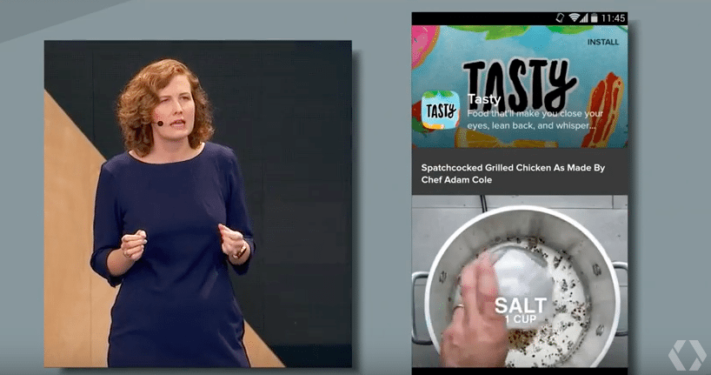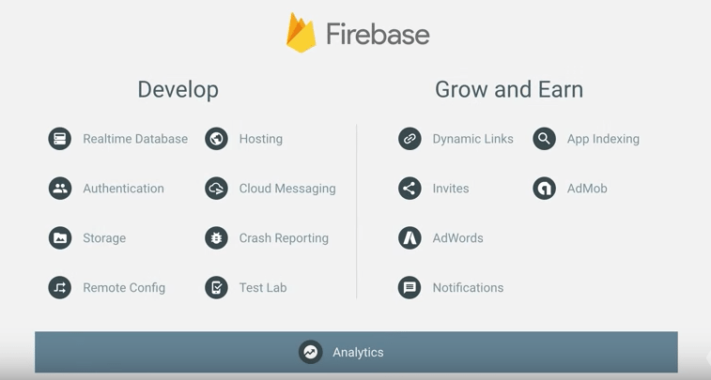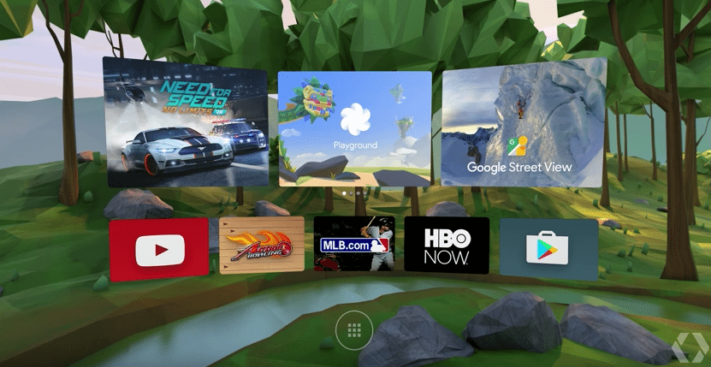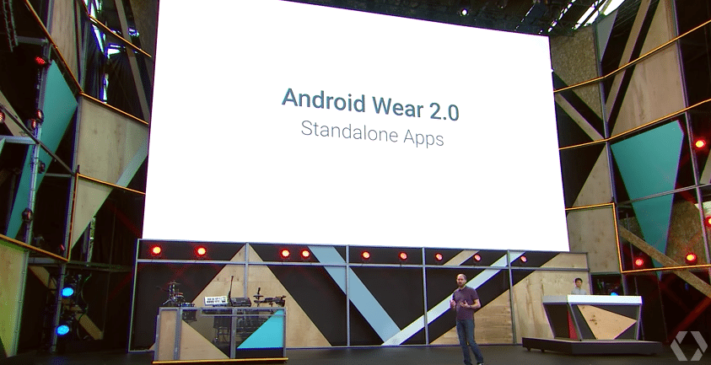Google I/O wrapped up last week, and it didn’t disappoint. The Google team introduced a number of improvements to existing tools and platforms, as well as many new initiatives that will help accelerate development, reach and engage users, and build mobile products more efficiently. These are the ones we think are most exciting, especially in terms of what they mean for teams and companies in the mobile space.
Instant Apps
A shortcoming of apps has been the inability of users to interact with the content without having them installed on their device. Instant Apps aim to remove install friction, allowing users to “stream” parts of the app without downloading. The premise is simple: developers modularize their app, so when users click an external link they can access the specific module rather than being sent to a download page. And the advantages are numerous:
- Sharing becomes easier: other users can share links that will actually direct people to content rather than an install page. The only code that is fetched is from the specific part of the app needed
- It can help attract users: instead of directing potential users to an app listing, you can send them to a part within your app where they can get a sense of how the app functions and what it has to offer. Since Instant Apps also includes an install link right at the top of your app, users who like what they see can install it immediately
- It helps market your app: app developers can use Instant Apps to promote and market their app to prospective users by directing ads to high-value features that are modularized for immediate use. The fact that this function also works directly from search engine results pages also helps to increase app discoverability when users are surfing the web on their devices
Developers don’t have to create a new app to take advantage of Instant Apps. It’s the same APIs, project, and source code; you just need to update and modularize your existing app. Instant Apps will be rolling out over the next year and will be compatible all the way back to Jellybean.
Firebase
Firebase will now offer a centralized toolset that everyone has needed for a while, but formerly could only get by using a few different tools and services from various vendors. Now, developers have access to Remote Config, free and unlimited push notifications, a free and unlimited analytics platform, dynamic linking, and user authentication.
- Remote Config gives developers the ability to make changes or enhancements to their apps via server side configuration. Changing the behavior or appearance of your app no longer requires you to publish an app update.
- Push notifications are typically an extra cost for developers, with a number of services offering free notifications up to a limit. Now, you can use Firebase to send as many push notifications as you want, free of charge.
- Dynamic linking is essentially deep linking that uses smart URLs that work differently based on the platform. It’s significant because it improves the user journey from clicking the link to accessing the content, particularly across app installs. If a user clicks the link but doesn’t have your app installed yet, the installation process won’t “break” the link and users will be directed to the right content after the install is complete. Firebase Invites builds on dynamic links, but focuses on the link sharing experience, making it easy for users to share content with friends.
- The significantly improved mobile analytics tool on Firebase gives developers much more insight into their app performance and user behavior. The tool, which is much more robust than tracking via Google Analytics, was specifically designed for mobile apps and is free.
- Authentication – Firebase has a library that lets you create a database of users without having to store their information. All the data is instead stored on Google Cloud, so companies no longer have to manage and store the information.
- App Indexing – Firebase app indexing now exposes app content to users on their phones so that app pages appear in search results. Tight integration with Google Search means that relevant search queries will show specific content for users who have the app installed and will direct them to the specific page. This is a great feature for re-engaging inactive users who have your app but aren’t opening it regularly.
Daydream (VR)
Daydream is a platform for high-quality mobile VR development that will be coming to Android N this Fall. It aims to make VR more accessible to both developers and users. With Daydream ready devices in the works (hardware with built-in VR capability), the platform will make it easier to provide premium phone-based VR experiences.
- Google and their hardware partners are working together to develop the right specifications, such as high-performance sensors for accurate head tracking, so that the experience will be consistent
- The inevitable influx of Daydream-ready devices should help make VR much more accessible to users
- A specialized VR mode is being built into Android N and the Google Play store will also be available directly from the VR experience, so users can install apps without hopping back and forth
- From a developer perspective, building support right into Android N means that development and the extension of apps to the VR space should be seamless. As a result, we can expect to see a lot of content become available for the platform, quickly
Daydream is an important step to striking a balance between the ultra-accessible yet limited experiences of Google Cardboard, and the very high-end VR sets like Oculus Rift and HTC Vive that require expensive hardware. With the combination of accessibility to users and developers alike, Daydream should make huge progress in popularizing VR experiences.
Google Cloud Platform – Stackdriver Debugger
Currently in beta, Stackdriver Debugger allows for live production debugging by capturing your call stack and local variables and linking it to specific lines in your source code. This lets you look at values to see exactly where an issue is originating. The information that is captured is presented in a user-friendly interface.
Progressive Web Apps & Android Studio
Google has been hard at work aiming to improve experiences on the mobile web and native apps, specifically with the announcements of progressive web apps – ability to build mobile sites that have native-like performance and similar functionality – and improvements to Android Studio.
- Progressive web apps are a new class of website that shows native-like behavior and has functionalities that were traditionally exclusive to apps, such as push notifications to re-engage users
- Accelerated mobile pages make it easy to build fast-loading sites using existing web standards
- Updates to Android Studio that focus on speed performance, accelerated build speeds (Instant Run will be even faster), and test recording
Android Pay
Android Pay shows that Google’s commitment to making the mobile payment experience frictionless for users has not wavered. There are a number of updates and enhancements that make development and integration of Android Pay much easier for developers, and use much easier for consumers.
- The PaymentRequest API lets users bypass having to add information every time they want to buy something; this means that users can make a purchase with only a few taps on their device
- All Android developers selling physical goods and services from their apps will now have access to the API
- Existing API called Save to Android Pay now lets developers and companies enroll new customers in loyalty programs
While user adoption of mobile payments has been progressing rather slowly, making Android Pay easier for people to use and developers to integrate should give the platform the boost it needs to become a more popular option.
Android Wear 2.0
A big contention with wearable apps is that they have traditionally only been able to function when tethered to a phone. Apple recently changed that by allowing native development on watchOS2, and Google is following suit.
Android Wear 2.0 (right now just a preview for developers) will include Standalone: untethered apps that can function without using any other hardware. This, coupled with much better functionality and navigation, might give the push necessary for the creation of apps that are built specifically for wearable Android devices. Additionally, users will be able to download apps directly on their wearable device from Google Play.
To get more details on the announcements made, check out the video sessions on the Google I/O website. To learn more about how we can help you take advantage of the new initiatives announced at Google I/O, give us a call or visit our Android Development page.












